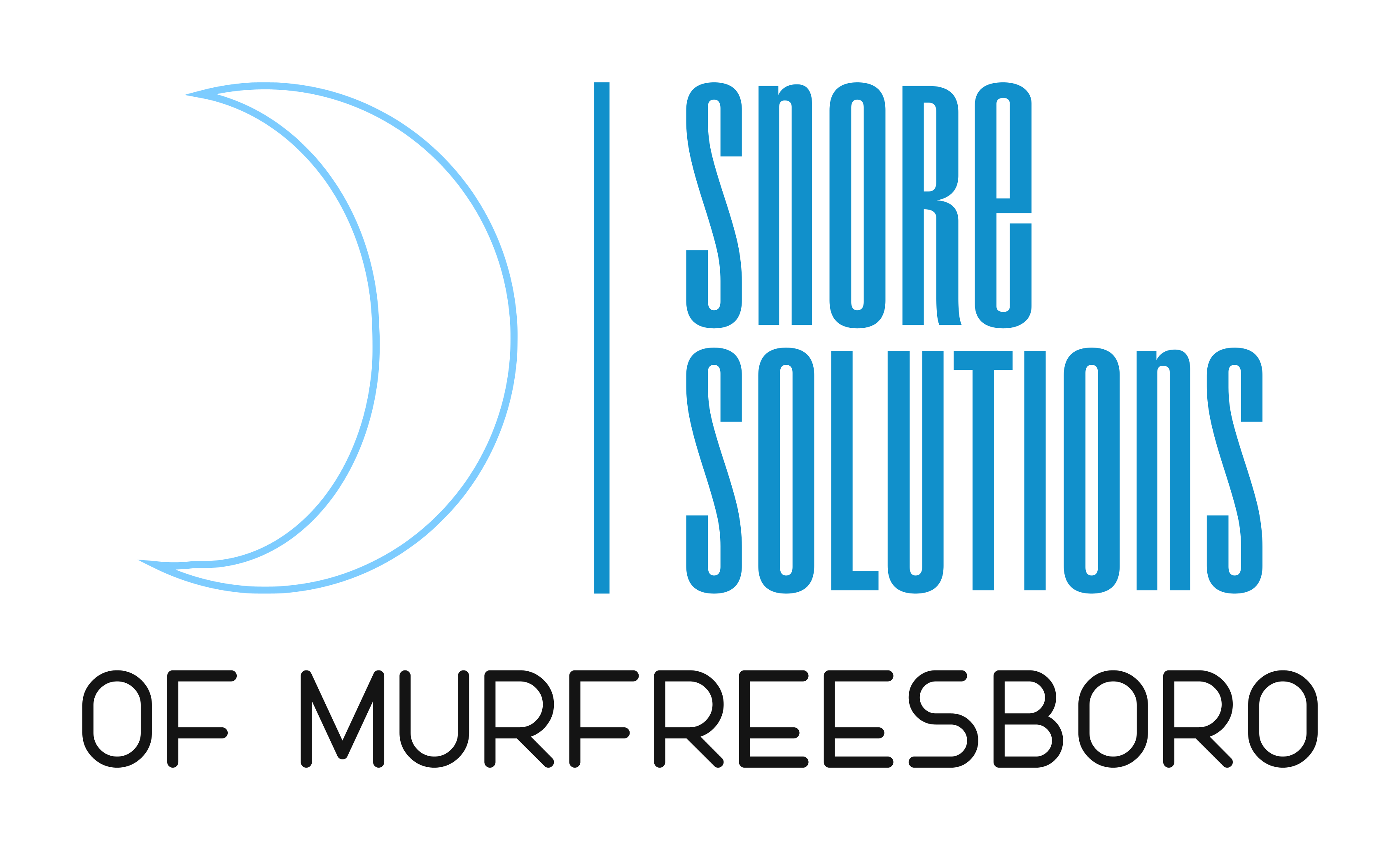Individuals who experience persistent fatigue despite obtaining a full night’s rest may be exhibiting symptoms of sleep apnea. This article aims to elucidate the nature of sleep apnea, covering its definition, various classifications, underlying causes, common indicators, and associated symptoms.
Additionally, the diagnostic process for sleep apnea will be explored, alongside an overview of available treatment modalities such as CPAP therapy, oral appliances, and surgical interventions.
Furthermore, strategies for mitigating the risk of developing sleep apnea through lifestyle modifications will be provided. By diving into this discussion, readers will gain a comprehensive understanding of this prevalent sleep disorder.
What is Sleep Apnea?
Sleep apnea is a prevalent sleep disorder distinguished by recurring interruptions in breathing while asleep, referred to as breathing pauses, which result in sleep disturbances and a variety of health hazards.
Definition and Types of Sleep Apnea
Sleep apnea is commonly divided into two primary types: Obstructive Sleep Apnea (OSA) and Central Sleep Apnea (CSA), each characterized by unique underlying mechanisms and breathing patterns.
Obstructive Sleep Apnea (OSA) manifests as a physical obstruction or constriction of the airway during sleep, causing repetitive interruptions in breathing. This obstruction may be attributed to factors such as excessive weight, enlarged tonsils, or inherent airway narrowness.
Conversely, Central Sleep Apnea (CSA) arises from the brain’s failure to transmit proper signals to the respiratory muscle groups. This breakdown in communication within the central nervous system can be linked to conditions like heart failure, stroke, or specific medications.
Both forms of sleep apnea disrupt the normal respiratory rhythm during sleep, leading to fragmented rest and daytime weariness.
Causes of Sleep Apnea
Having a thorough comprehension of the causes of sleep apnea is paramount in identifying individuals who are at risk and in implementing efficient prevention and treatment measures.
Contributing Factors
Numerous contributing factors, including obesity, advanced age, smoking, large neck circumference, and specific jaw positioning, can significantly elevate the probability of developing sleep apnea.
Obesity plays a pivotal role in this regard as surplus weight can result in the constriction of airways during sleep, thereby impeding breathing. Advanced age is also closely associated with an increased susceptibility to sleep apnea owing to alterations in muscle tone and a general decline in lung function. The habit of smoking contributes to air passage inflammation and constriction, exacerbating breathing difficulties. A larger neck circumference signifies an excess of tissue that may obstruct the airway. Additionally, specific jaw positioning, such as a recessed jaw, can impact airway patency, rendering individuals more susceptible to sleep apnea.
The evaluation of these factors, coupled with an individual’s medical history, is imperative in accurately assessing their risk level for developing sleep apnea.
Signs and Symptoms of Sleep Apnea
It is imperative to recognize the signs and symptoms of sleep apnea for prompt diagnosis and intervention, as untreated sleep apnea can result in significant health implications.
Identifying and Addressing Symptoms
Early identification of symptoms such as loud snoring, chronic fatigue, excessive daytime sleepiness, gasping for air during sleep, morning headaches, and dry mouth can be instrumental in the timely diagnosis of sleep apnea.
Loud snoring often serves as a prominent indicator of obstructive sleep apnea, characterized by the relaxation of throat muscles leading to a partial blockage of the airways. This obstruction can disrupt breathing patterns during sleep, resulting in poor sleep quality and subsequent daytime fatigue. Additionally, excessive daytime sleepiness can impair the performance of simple tasks and affect concentration levels. Episodes of gasping for air during sleep signify abrupt awakenings triggered by breathing difficulties, which contribute to fragmented sleep patterns. Morning headaches and dry mouth also commonly accompany sleep apnea, significantly impacting an individual’s overall quality of life.
It is imperative to consult a healthcare professional to undergo a thorough evaluation for an accurate diagnosis and to determine the most suitable course of treatment.
Diagnosing Sleep Apnea
The diagnostic process for sleep apnea generally entails a thorough assessment conducted by a sleep specialist. This evaluation often incorporates a sleep study to observe and analyze sleep patterns, breathing patterns, and oxygen levels throughout the duration of sleep.
Diagnostic Techniques and Tests
Common diagnostic techniques for sleep apnea encompass polysomnography and home sleep apnea tests, which serve to monitor breathing patterns, oxygen levels, and various physiological parameters during sleep.
Polysomnography, typically conducted within sleep centers, entails the placement of a series of sensors on the body to capture brain waves, heart rate, eye movements, and muscle activity. Patients undergo an overnight stay in a controlled environment while data is meticulously collected. Conversely, home sleep apnea tests involve portable devices worn overnight that monitor similar physiological data, offering a more convenient alternative for select individuals.
After the data collection process, sleep specialists assume a pivotal role in the analysis of results to ascertain the presence and severity of sleep apnea, thereby informing treatment strategies aimed at enhancing sleep quality and overall well-being.
Treatment Options for Sleep Apnea
Numerous efficacious treatment modalities exist for sleep apnea, encompassing CPAP therapy, oral appliances, surgical interventions, and lifestyle modifications, each meticulously customized to address the unique condition and requirements of the individual.
CPAP Therapy
Continuous Positive Airway Pressure (CPAP) therapy, which entails utilizing a CPAP machine to administer continuous positive airway pressure, is widely acknowledged as the primary treatment for obstructive sleep apnea.
The CPAP machine functions by delivering pressurized air in a gentle manner through a mask worn over the nose or both the nose and mouth while the individual is asleep. This pressurized air assists in maintaining the openness of the airways, thereby preventing breathing interruptions that are characteristic of sleep apnea.
Through sustaining a consistent airflow, CPAP therapy aids in the reduction of snoring, enhancement of sleep quality, and alleviation of symptoms like daytime drowsiness and headaches. Despite the high efficacy of CPAP therapy in managing obstructive sleep apnea, certain individuals may encounter minor discomfort due to the mask or experience dryness in the nose or throat as potential drawbacks.
Oral Appliances
Oral appliances are frequently prescribed to patients diagnosed with mild to moderate obstructive sleep apnea. These devices assist in adjusting the positioning of the jaw to mitigate airway blockage.
Through the slight advancement of the lower jaw, oral appliances effectively maintain airway patency during sleep, facilitating smoother breathing and a decrease in apnea occurrences. The mechanism of action involves providing support to the jaw and tongue in a stable configuration, thereby preventing their collapse and obstruction of the air passage. This therapeutic approach, referred to as mandibular advancement therapy, represents a non-invasive treatment modality favored by numerous patients.
Oral appliances are adaptable to accommodate the unique oral anatomy of each individual, rendering them a versatile and comfortable solution for enhancing sleep quality and alleviating the symptoms associated with sleep apnea.
Surgery
Surgical interventions may be considered a viable treatment approach for sleep apnea, particularly in cases where alternative treatments have proven ineffective or anatomical factors are contributing to airway obstruction.
Two common surgical procedures for addressing sleep apnea are uvulopalatopharyngoplasty (UPPP) and genioglossus advancement. UPPP involves the removal of excess tissue from the posterior throat to enlarge the airway, while genioglossus advancement focuses on the advancement of tongue muscles to prevent collapse during sleep. These interventions are typically recommended for individuals with severe obstructive sleep apnea who are unable to tolerate continuous positive airway pressure (CPAP) therapy or have not experienced significant improvement with it.
Potential benefits of these surgeries include decreased snoring, enhanced daytime alertness, and an overall improvement in quality of life.
As with any surgical procedure, there are inherent risks, underscoring the importance of a comprehensive evaluation by a qualified healthcare provider before opting for this treatment modality.
Preventing Sleep Apnea
The prevention of sleep apnea necessitates the implementation of proactive lifestyle modifications, including weight management, adjustments in sleep positions, and the mitigation of health risks such as smoking and obesity.
Lifestyle Changes and Tips
Implementing lifestyle changes such as effective weight management and optimizing sleep positions can substantially diminish the risk and severity of sleep apnea. Emphasizing the maintenance of a healthy weight through the incorporation of a balanced diet and regular physical activity can enhance overall well-being and mitigate the probability of encountering sleep apnea. Selecting an appropriate sleep position, such as sleeping on one’s side as opposed to the back, can facilitate the maintenance of open airways during sleep, thereby reducing the likelihood of disrupted breathing patterns.
Additionally, prioritizing routine medical examinations to monitor any potential indications or susceptibilities to sleep apnea is crucial for the early identification and proper management of this condition.
Frequently Asked Questions
What is sleep apnea and what are its causes?
Sleep apnea is a common sleep disorder characterized by interruptions in breathing during sleep. It can be caused by various factors such as obesity, enlarged tonsils, and abnormalities in the structure of the airway.
What are the symptoms of sleep apnea?
Some common symptoms of sleep apnea include loud snoring, gasping or choking during sleep, excessive daytime sleepiness, and waking up with a dry mouth or sore throat. Other symptoms may include difficulty concentrating, irritability, and morning headaches.
How is sleep apnea diagnosed?
A sleep study is usually conducted to diagnose sleep apnea. This involves monitoring of your breathing patterns, heart rate, and oxygen levels while you sleep. Your doctor may also ask you to keep a sleep diary and perform physical exams to help with the diagnosis.
Are there different types of sleep apnea?
Yes, there are three main types of sleep apnea: obstructive sleep apnea, central sleep apnea, and mixed sleep apnea. Obstructive sleep apnea is the most common type and occurs when the airway is blocked during sleep. Central sleep apnea is caused by a lack of communication between the brain and the muscles that control breathing. Mixed sleep apnea is a combination of obstructive and central sleep apnea.
What are the potential health risks of untreated sleep apnea?
Untreated sleep apnea can lead to serious health problems such as high blood pressure, heart disease, stroke, and diabetes. It can also increase the risk of accidents due to daytime sleepiness and fatigue.
What are the treatment options for sleep apnea?
Treatment for sleep apnea depends on the severity of the condition. It may include lifestyle changes (such as weight loss and avoiding alcohol and sedatives), using a continuous positive airway pressure (CPAP) machine, or oral appliances. In some cases, surgery may be recommended to correct structural abnormalities that contribute to sleep apnea.

